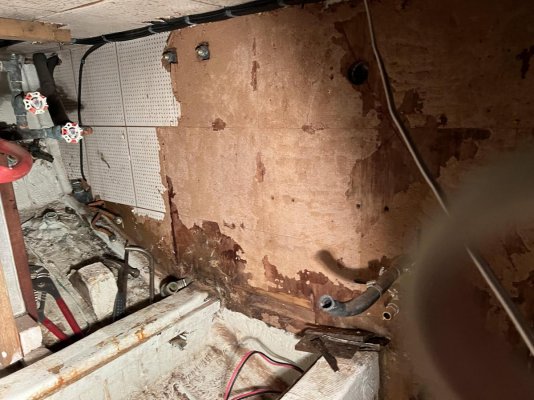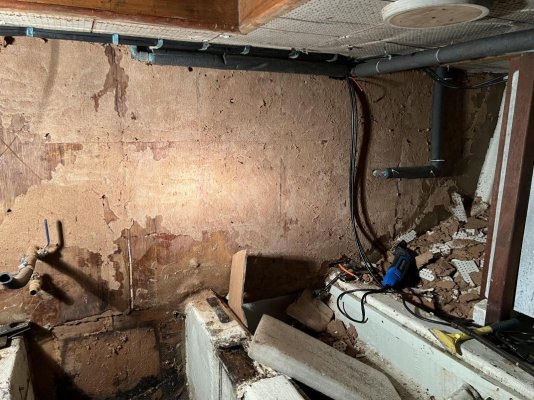Mambo42
Guru
- Joined
- Oct 26, 2021
- Messages
- 686
- Vessel Name
- Endless Summer
- Vessel Make
- 1979 Defever 49
I removed all these panels from my boat. Not because they don't work, but because they are highly flammable.
As long as the panels are sort of in good condition they will burn a bit more difficult. But as soon as the surface is damaged they will burn like a candle, just a match will set them on fire.
So I now have fire retardent sound proofing material, about 8 cm thick, installed. On top of that I have sound proofing material below the carpet in the salon and pilot house and must say it is a lot more quiet now. The only thing I did not sound proof is the bulk head between the ER and the master stateroom, so that is still a lot of noise, but we don't sail while any of us is sleeping (only day time travel), so no problem there.
As long as the panels are sort of in good condition they will burn a bit more difficult. But as soon as the surface is damaged they will burn like a candle, just a match will set them on fire.
So I now have fire retardent sound proofing material, about 8 cm thick, installed. On top of that I have sound proofing material below the carpet in the salon and pilot house and must say it is a lot more quiet now. The only thing I did not sound proof is the bulk head between the ER and the master stateroom, so that is still a lot of noise, but we don't sail while any of us is sleeping (only day time travel), so no problem there.



